In the last week, some space news has emerged. These include the confirmation of a new exoplanet, a Pentagon report on UFOs, and more.
One of the big highlights of this week’s space news was a new report from the Pentagon. The new US Department of Defense document features more than 500 observation reports of unidentified aerial phenomena, mostly from US Navy and Air Force officers.
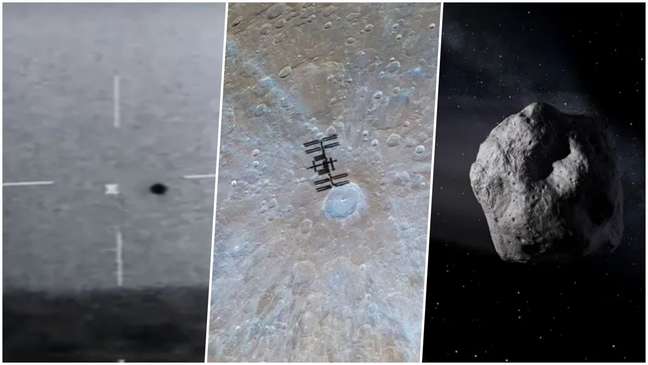
Other subjects that have attracted attention in recent days include an exoplanet whose detection has been confirmed by the James Webb telescope, and a meteorite that has become the new candidate for the second known interstellar object.
Look down:
New Pentagon UFO Report

The Pentagon, headquarters of the US Department of Defense, presented the 2022 Annual Report on Unidentified Aerial Phenomena. mainly by US Navy and Air Force officers.
Of this total, 366 are recent detections and 163 have been attributed to balloons and similar objects. On the other hand, 171 of the observations remain of unknown origin and appear to have displayed unusual flight characteristics. According to the report, more analysis is needed.
- Read the full story at: Pentagon report has over 500 UFO sightings in 2022
International Space Station and the Moon in one photo
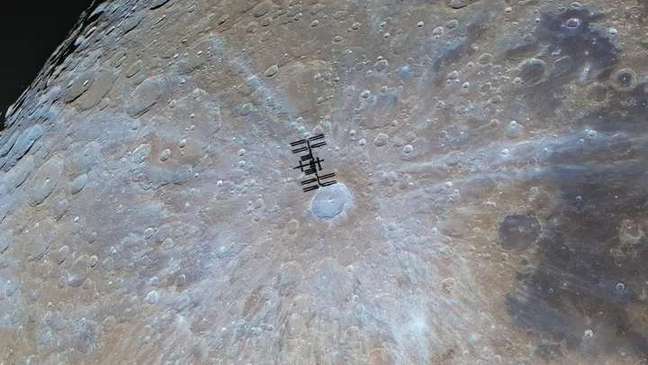
With just one day left until the first full moon phase this year, astrophotographer Andrew McCarthy has captured a beautiful image from the International Space Station (ISS), which appears to be flying over the lunar crater Tycho. He posted a rough photo of the orbital lab above the crater and a more open one detailing the record.
Photographing the ISS is no simple task, and it’s even more difficult with the Moon together. Besides the fact that the orbital laboratory is very small compared to our natural satellite, the station moves at about 8 km/s. Therefore, it quickly passed the lunar disk.
- Read the full story at: Fantastic photo shows the ISS passing in front of the largest crater on the Moon
New rocky exoplanet confirmed “close” to Earth
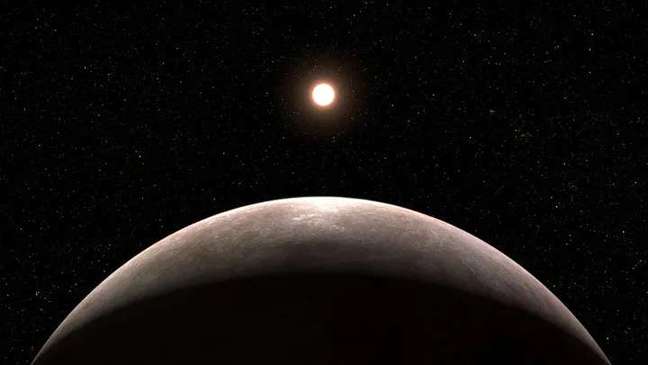
Data from the Transiting Exoplanet Survey Satellite (TESS) space telescope had already hinted at the existence of this world. This is how the researchers decided to observe it with the James Webb telescope, which made it possible to confirm its existence: it has about 99% of the Earth’s diameter and is closer to its star than any other planet in the Solar System.
The planet appears to have no atmosphere, but new observations will be needed to confirm or not its presence. In any case, scientists have already managed to rule out some possible atmospheric compositions, such as that dominated by methane or carbon dioxide.
- Read the full story at: The James Webb Telescope confirms the rocky exoplanet 41 light-years away
Interstellar meteorites could come from a supernova
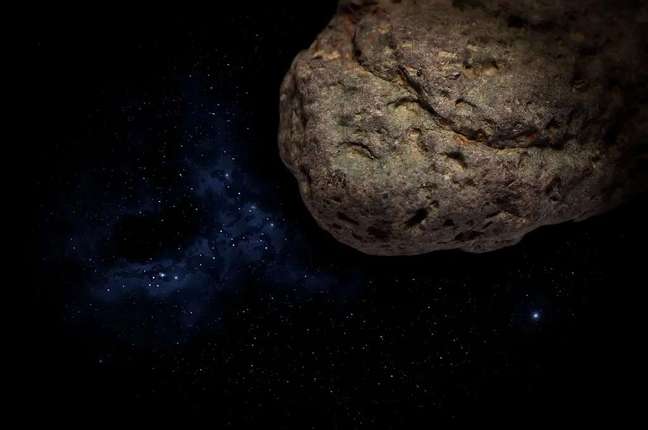
In 2017, a space rock was identified in the sky off the coast of Portugal. Researchers Amir Siraj and Avi Loeb identified the space rock in data from the Center for the Study of Near-Earth Objects (CNEOS), kept confidential by the US government.
The object was detected at an altitude of 23 km, measured about one meter long and moved at 40 km/s. If confirmed, it will become the second known interstellar meteorite: the first is a space rock detected in 2014, but with identity confirmed only in 2022. And both could have been produced inside supernovae!
- Read the full story at: A new interstellar meteorite candidate has been discovered
The Russians will launch a spacecraft to rescue astronauts
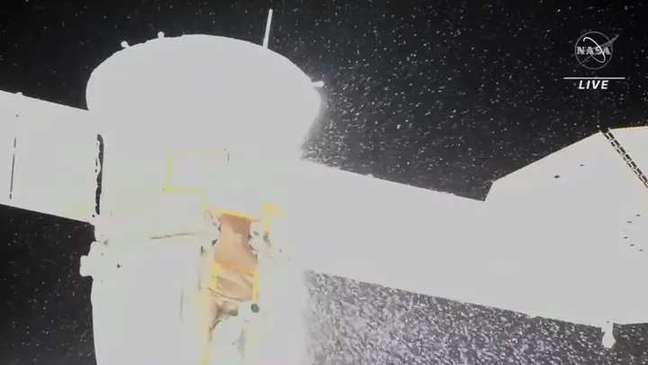
In December, the Soyuz MS-22 spacecraft experienced a leak in its cooling system caused by a micrometeoroid impact. With what happened, Russia has decided to send the unmanned Soyuz SM-23 spacecraft to bring some of the astronauts back aboard the International Space Station, who were due to return home in March.
With the change of plans they should remain in orbit for some time. Originally, this spacecraft was scheduled to launch in March, carrying cosmonauts Oleg Kononenko and Nikolai Chub, along with NASA astronaut NASA Loral O’Hara, en route to the orbital lab.
- Read the full story at: Russia will launch the ship to rescue astronauts on the ISS in February
Zhurong rover and Tianwen-1 orbiter in “silence”
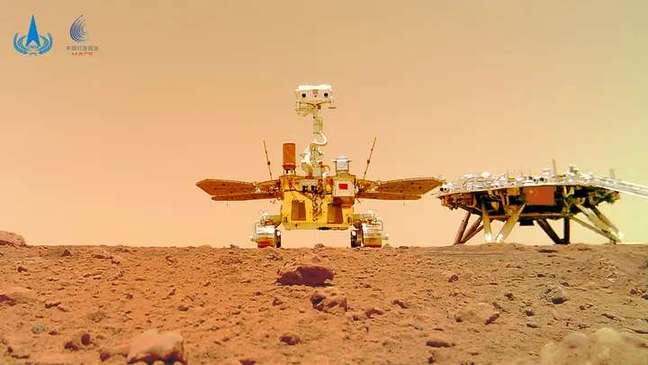
China had to put its Zhurong rover into hibernation to survive the winter and dust storms on Mars. The vehicle was supposed to wake up in December, but that doesn’t appear to have happened: mission scientists were unable to regain contact with the rover and suspect that dust storms affected its energy production.
To top it off, they also have difficulty downloading data from the Tianwen-1 orbiter, which would photograph the rover and try to contact it. On the other hand, China points out that the rover managed to complete all of its mission objectives.
- Read the full story at: It appears that the Zhurong rover did not “wake up” after hibernating on Mars
Other useful topics:
- Gateway Station | What will the interior of the future lunar station look like?
- NASA Highlights: Aurora, Comet ZTF and + in Astronomical Photos of the Week
- Space Exploration | The missions you need to keep track of in 2023
Trending on Canaltech:
- The new Goodyear tire made from rice husks can travel 500,000 km
- Why do scientists keep frozen stool samples from all over the world?
- The 15 best movies of 2022
- The 7 best movies with Christian Bale
- Pasta is healthier than you think, scientists conclude
+The best content in your email for free. Choose your favorite Terra newsletter. Click here!
Source: Terra
Camila Luna is a writer at Gossipify, where she covers the latest movies and television series. With a passion for all things entertainment, Camila brings her unique perspective to her writing and offers readers an inside look at the industry. Camila is a graduate from the University of California, Los Angeles (UCLA) with a degree in English and is also a avid movie watcher.

![Such a wonderful sun in advance: Summary of the episode of April 29, 2025 [SPOILERS] Such a wonderful sun in advance: Summary of the episode of April 29, 2025 [SPOILERS]](https://fr.web.img6.acsta.net/img/89/a8/89a86cf6a645a6dfaa69a035f77bdceb.png)



